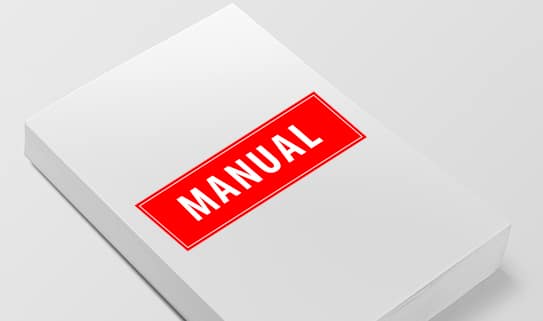Triangle® Mastercard® $150 Bonus CT Money®††. New Cardmembers only. Conditions Apply. Ends May 31.
Learn MoreEarn CT Money®* at Petro-Canada™ and Gas+ this long weekend when you fuel up with Triangle Rewards®. *Conditions apply.
Learn MoreThis paragraph should be hidden..
How to choose a car seat
Whether you have a new addition to your family, or your baby is growing up, it's important to ensure your child's safety with an appropriate car seat.


- SIZE
- TYPES
- FEATURES
- SAFETY
- BEST PRACTICE
An infant to toddler, weighing 4-40 lb, 19-43 inches tall*
Newborns and young toddlers must ride in a rear-facing car seat starting at birth. These are designed to protect and support weak neck and back muscles.
For maximum safety, Transport Canada recommends keeping your child in a rear-facing car seat until he or she outgrows the height and weight requirements on the seat. Most available rear-facing car seats have height and weight limits that will allow you to keep your child rear-facing until at least age 2.
*The height and weight limits of each seat may vary. Read the specifications on each seat carefully.
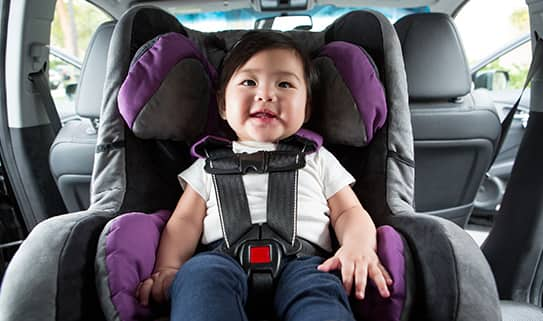
A child at least two years old, weighing 10-30 kg (22-65 lbs), 71-137 cm (28-54 inches) tall.*
Forward-facing car seats are for children aged two and up. Be sure to follow the manufacturer's height and weight recommendations, as well as any minimum age requirements that may be present.
For maximum safety, Transport Canada recommends keeping your child in a forward-facing car seat until he or she outgrows the height and weight requirements on the seat.
**The height and weight limits of each seat may vary. Read the specifications on each seat carefully.
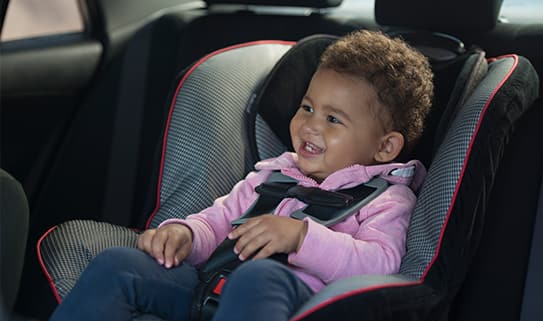
A child at least four years of age, weighing 18-45 kg (40-100 lbs) and less than 145 cm (4'9") tall.*
Children who are big enough, old enough, and mature enough to sit relatively still in the vehicle should ride in a booster seat. Most kids need to ride in a booster seat from about age 4 until at least age 8.
A child should remain in a booster seat until the vehicle's standard seat belts fit properly and all the requirements of the provincial regulations have been met.
If using a low-backed booster, the vehicle seating position must have adequate head support to at least the top of the child’s ears for proper head and neck protection.
Booster seats must be used in a seating position with a lap/shoulder belt.
*The height and weight limits of each seat may vary. Read the specifications on each seat carefully.
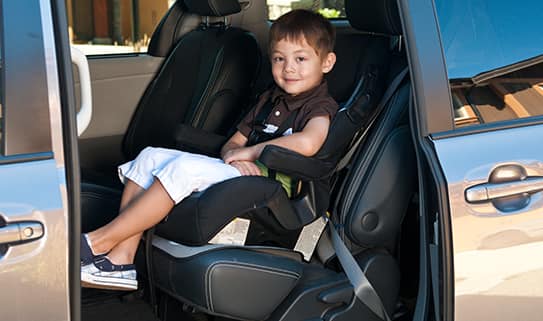
Rear-Facing Car Seat
Newborns and infants are required by law to ride in a rear-facing car seat. These are designed to protect and support weak neck and back muscles.
The seat is installed in a semi-reclined position facing the back of the vehicle and should be installed at whatever angle is indicated by the manufacturer. Once installed, the car seat should move no more than 2.5 cm (1 in.) from side to side.
When placing your child in the seat, there should be a minimum of 2.5 cm (1 in.) from the top of your child's head to the top of the car seat restraint.* The harness must be adjusted to the correct height, and fit snugly to prevent the infant from sliding up the seat during a collision.
Rear-Facing car seats are available in different styles:
Rear-facing infant seats feature a detachable base so that the car seat can be easily moved between house, stroller and car with the baby in it. The base is installed in the car and then the infant seat is locked on to it when the seat is placed in the car. This style of rear-facing car seat may have lower height and weight limits than a convertible car seat or a 3-in-1 car seat. Small or premature newborns may fit better in this style of seat.
Convertible car seats are seats that start out rear-facing and then may be used forward-facing once a child is older and larger. These seats are installed in your vehicle once and then the child is removed from the seat once the destination is reached. If you have more than one vehicle it is beneficial to have a convertible car seat for each vehicle in order to reduce the amount you need to move and reinstall the car seat. Convertible car seats typically have higher height and weight limits and will grow with your child longer.
For maximum safety, Transport Canada recommends keeping your child in a rear-facing car seat until he or she outgrows the height and weight requirements on the seat.
*Unless otherwise specified.
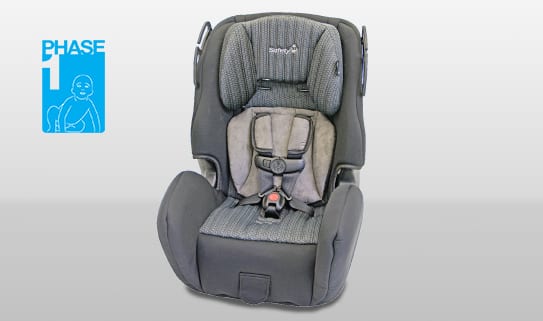
Forward-Facing Car Seats
Forward-facing car seats are for older toddlers and small children who have outgrown their rear-facing car seats. Be sure to follow the manufacturer's height and weight requirements, as well as any age requirements, before transitioning your child to a forward-facing seat.
A forward-facing car seat provides additional protection by providing 5 points of restraint over the strongest parts of the child’s body. Head movement is reduced through the use of a top tether which attaches to the vehicle’s tether anchor.
All forward-facing car seats must have the top tether attached to an approved anchor point. All passenger vehicles manufactured since 2001 have come with factory-installed tether anchors. Tether anchors may be found in different places depending on your vehicle. Your vehicle manual will have information detailing the correct use of the tether anchors.
Forward-facing car seats are available in different styles:
Convertible car seats may be used either rear-facing or forward-facing. They are installed in the vehicle once and left in the vehicle.
Combination car seats start out as a forward-facing harnessed seat that can be converted to a booster seat for a larger, older child.
For maximum safety, Transport Canada recommends keeping your child in a forward-facing car seat until he or she outgrows the height and weight requirements on the seat.
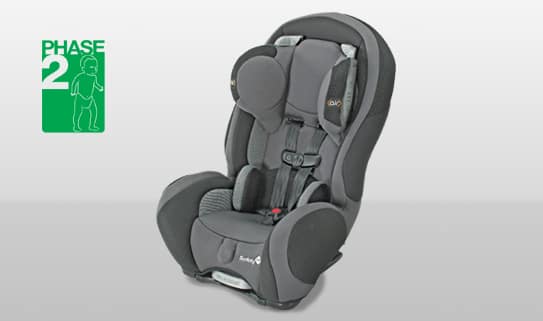
Booster Seats
Booster seats are designed for kids who have outgrown their forward-facing car seat but require assistance to fit the adult vehicle belt properly. The booster seat positions a child so that the seat belt is correctly located on the lap and shoulder. Each province has its own restrictions for child car seat and booster seat use. Your model will also have its own restrictions. For additional information on booster seat safety, please visit the Transport Canada website.
Your child should remain in a booster seat until the vehicle's standard seat belts fit properly and all the requirements of the provincial regulations have been met.
Boosters seats may be either a high back or a low-back style. High back boosters may provide a better seat belt fit on smaller children and are often the best choice for when a child is first transitioning from a harness to a booster seat. Most high back boosters may be converted to a backless booster as well.
If using a low-back booster, the child must have support to at least the top of his or her ears from either the vehicle seat or the vehicle headrest for head and neck protection.
Important tips, based on Transport Canada’s recommendations:
- Always use a lap belt and shoulder belt with a booster seat.
- Leave as much space as possible between the booster seat and the front seat of your vehicle.
- Always consult your vehicle owner’s manual and booster seat user guide prior to installation.
- Make sure the shoulder belt rests centred on your child’s shoulder, and never on the neck or arm, or under the arm.
- If there is a seat belt guide, make sure that it is adjusted according to the booster seat user guide installation instructions.
- The lap belt should be snug against your child’s hip, and not on their stomach.
- It is a good idea to register your new seat with the manufacturer.
A child should remain in a booster seat until the vehicle belt fits them properly.
See booster seats >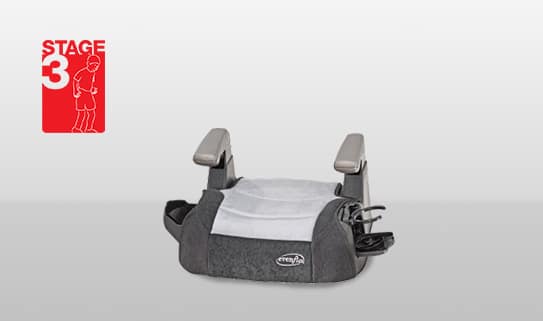
Recline
Recline adjustment is found in most car seats, and may make it easier to install the car seat in your vehicle.
Forward-facing recline may provide additional comfort for your child.
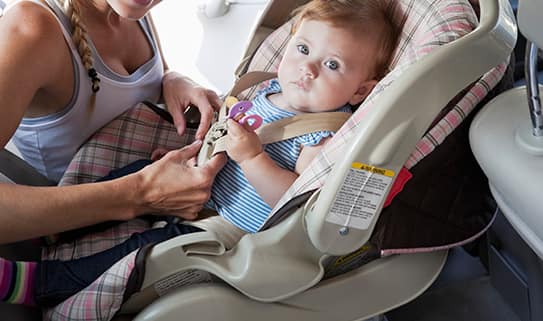
Side Impact Position
Side impact collisions account for 1 in 3 child crash fatalities. Side impact protection deflects energy away from your child. There are no universal safety standards but manufacturers do have their own.
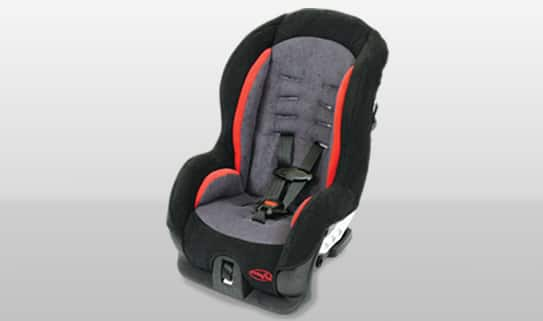
Size
Consider how the car seat will fit in your vehicle and make sure it can be correctly installed following both the vehicle and car seat guidelines.
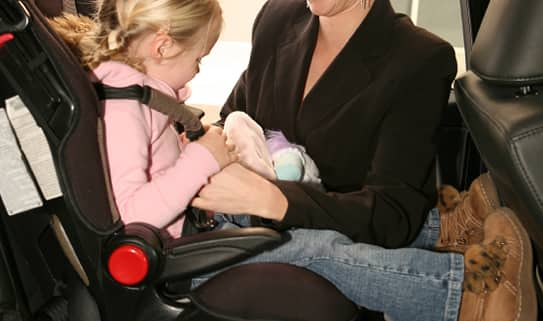
Expiration Date
Car seat manufacturers set the useful lifespan or expiration date for their car seats. An expiration date may be found in your car seat manual, or on the car seat itself. If you're looking for a seat that can be used through more than one child, consider choosing a car seat with a later expiration date.
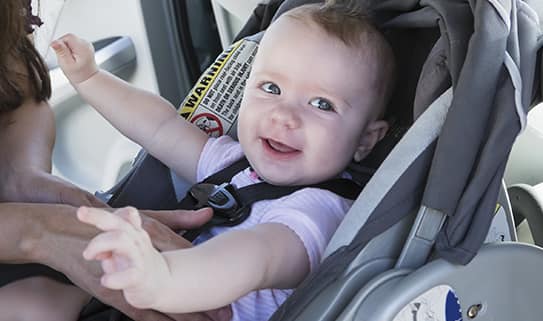
Appropriate Size
Your child’s car seat will have the height and weight limits, as well as other important details listed on stickers on the seat and in the instruction manual.
Keep those guidelines from the manufacturer handy, to determine if the seat is still suitable for your child's age, weight and development as they grow.
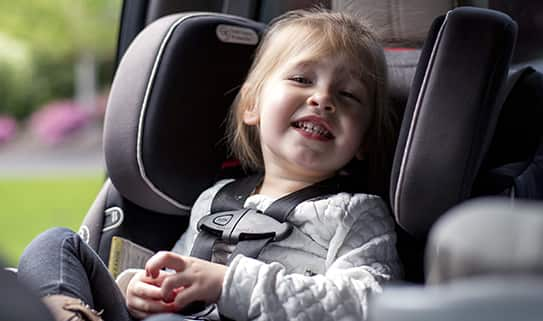
Correctly Adjusted
Make sure the harness is adjusted properly for your child’s stage and size.
Rear-facing: The harness straps should be adjusted so that they come from the slots either even with or below the child’s shoulders.
Forward-facing: Harness straps should be adjusted so that they come from the slots either even with or above the child’s shoulders
Harness tightness: A snug harness does not allow any slack. It lays in a relatively straight line that does not push or press on the child’s body. The chest clip should be positioned at the child’s armpit level.
Booster Seats: High back boosters must have the booster seat’s headrest adjusted so that the belt guide is positioned at or just above the child’s shoulder. If your child is in a backless booster, make sure the vehicle headrest is adjusted so that your child has support to at least the top’s of his or her ears.
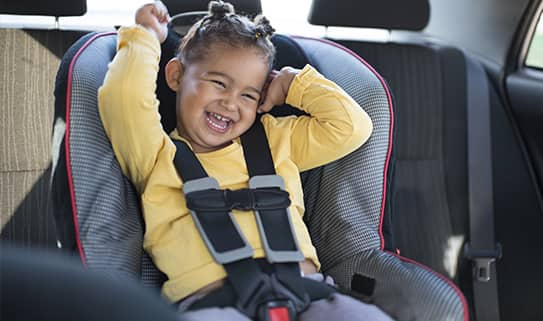
Potential Damage
If the vehicle holding the car seat has been in an accident, you must replace the car seat even if there's no apparent damage. The integrity of the seat may have been compromised.

The ‘Kid Zone’ is for children 12 and under
Are you wondering when your pre-teen can sit in the front seat? Transport Canada and NHTSA both state that children 12 and under are safest in the back seat. This keeps them away from the front airbags, designed to protect adult passengers. Keeping your younger passengers in ‘The Kid Zone’ is the safest place!
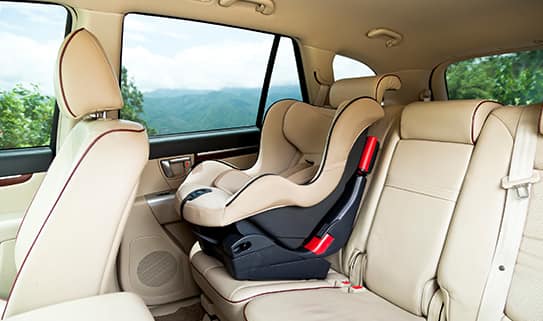
Extended Rear-Facing is the Safest!
Rear-facing remains safest for children as long as they are within the height, weight and fit requirements of the manufacturer. Aim to keep your child rear-facing to at least age 2. Positioning your car seat to face the back of the vehicle gives your child the best possible protection in a crash.
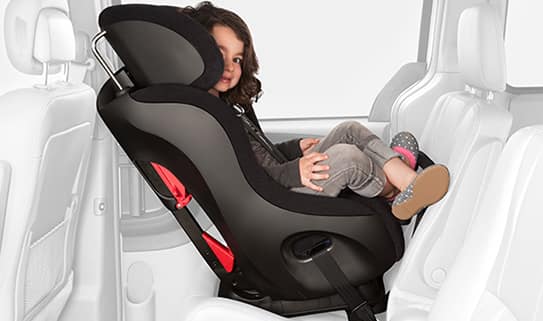
Boosters are for big kids too!
Once your child reaches the maximum weight and height limits of their forward-facing convertible seat, it’s time to make the move to a booster seat. Children usually outgrow their seat in height before weight.
Boosters raise the child up in the vehicle seat to allow the seat belt to pass correctly across their chest and their lower hips. Consider using a full back belt positioning booster to better position the seat belt over a child’s shoulders. Some high-back boosters also offer additional head protection.
Keep your child in a booster until they pass the 5 step test:
- Does the child sit all the way back against the vehicle seat?
- Do the child's knees bend comfortably at the edge of the seat?
- Does the belt cross the shoulder between the neck and shoulder?
- Is the lap belt as low as possible, touching the thighs?
- Can the child stay seated like this for the whole trip?
If you answered “no” to any of these questions, your child needs a booster seat to make both the shoulder belt and the lap belt fit right for the best crash protection. Your child will be more comfortable, too!
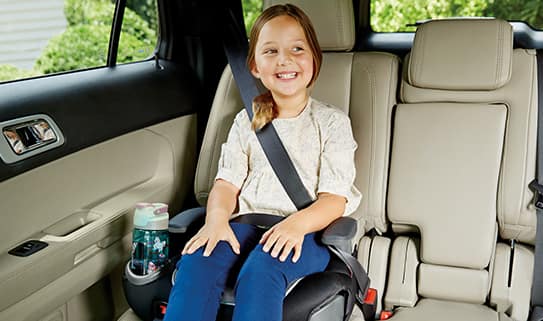
Safety Features
Car seats may have extra features that increase your child’s safety or make them easier to install or use. Features such as anti-rebound bars, adjustable head rests, and built in lock-offs are just a few of the extra features that may offer additional safety or make a seat easier to install in your vehicle.
Some car seats may incorporate additional safety in the form of energy management to reduce the force a child feels in a collision.
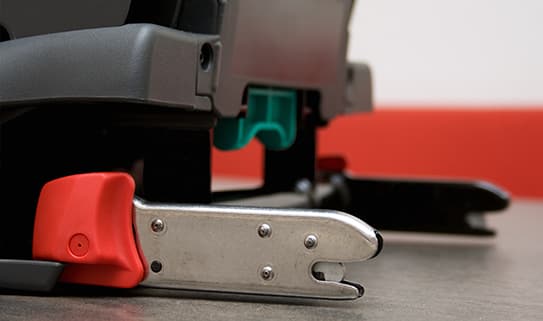
Accessories
Use only those accessories approved for use with your child’s car seat. Additional products such as seat protector mats, cup holders, and harness strap covers may be available from your car seat manufacturer.
View accessories >
Register Your Car Seat
Always register your new car seat. You can register online or by mailing the postage-paid card that comes with every car seat. Registering your car seat allows the manufacturer to contact you in the event they have important information to tell you.
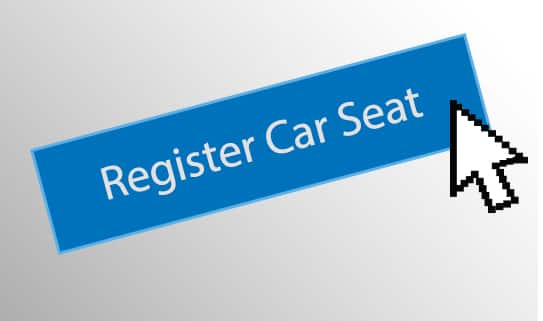
Manuals are Important
Your vehicle manual and car seat manual both contain important information about the use and installation of your car seat. Approved seating positions, as well as the location of the lower UAS anchors and tether anchors are all in your vehicle manual. Look for child restraint or child safety seats in the index of your manual to find the appropriate pages.
